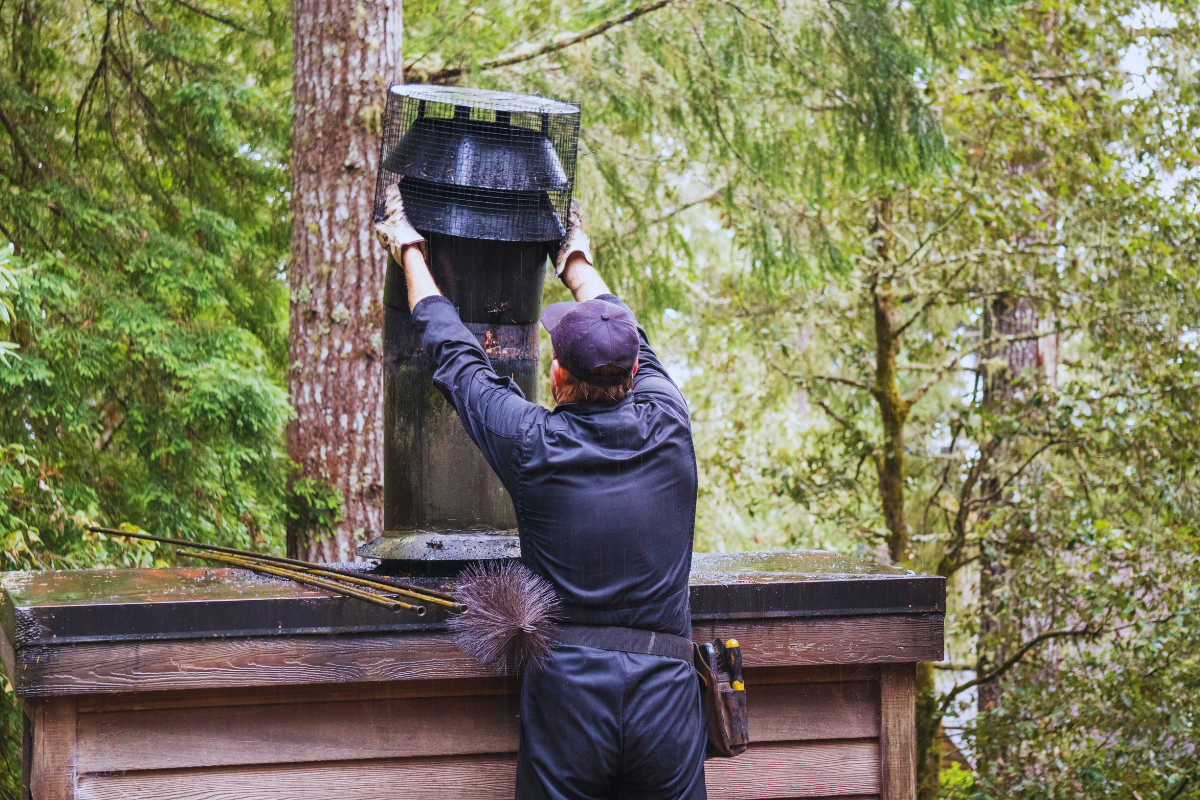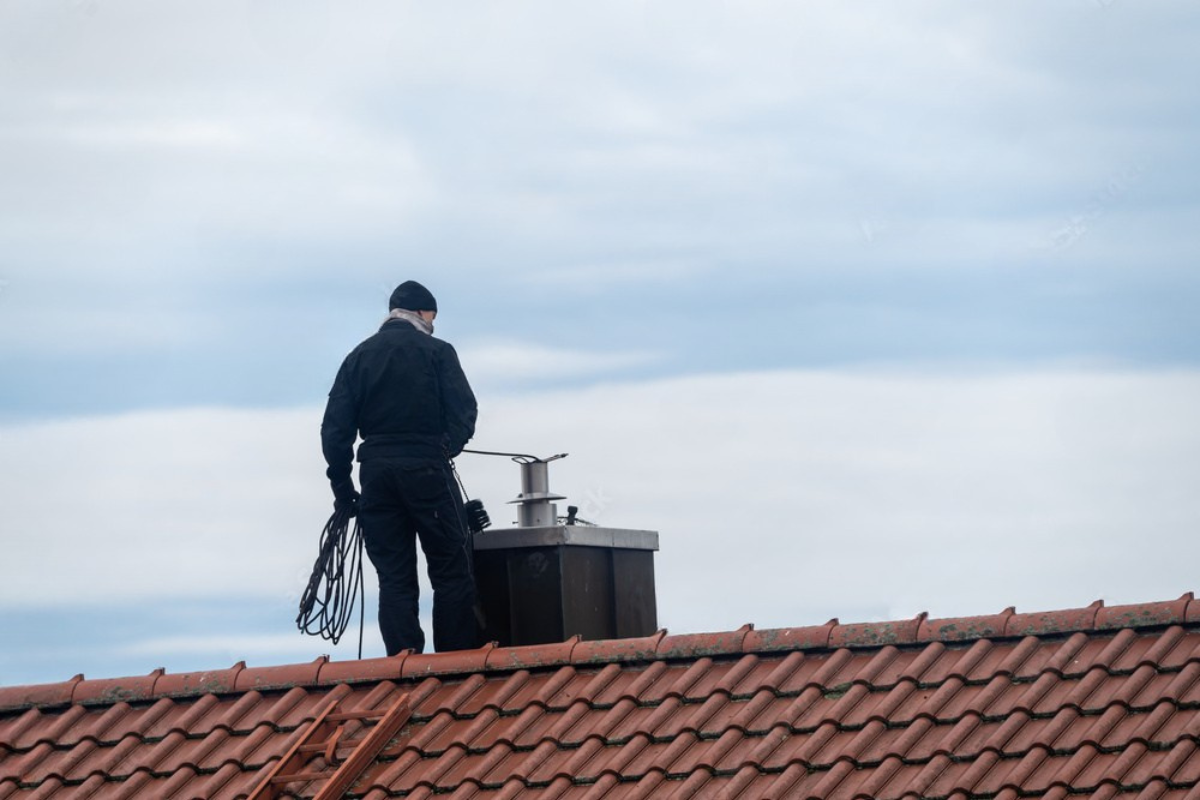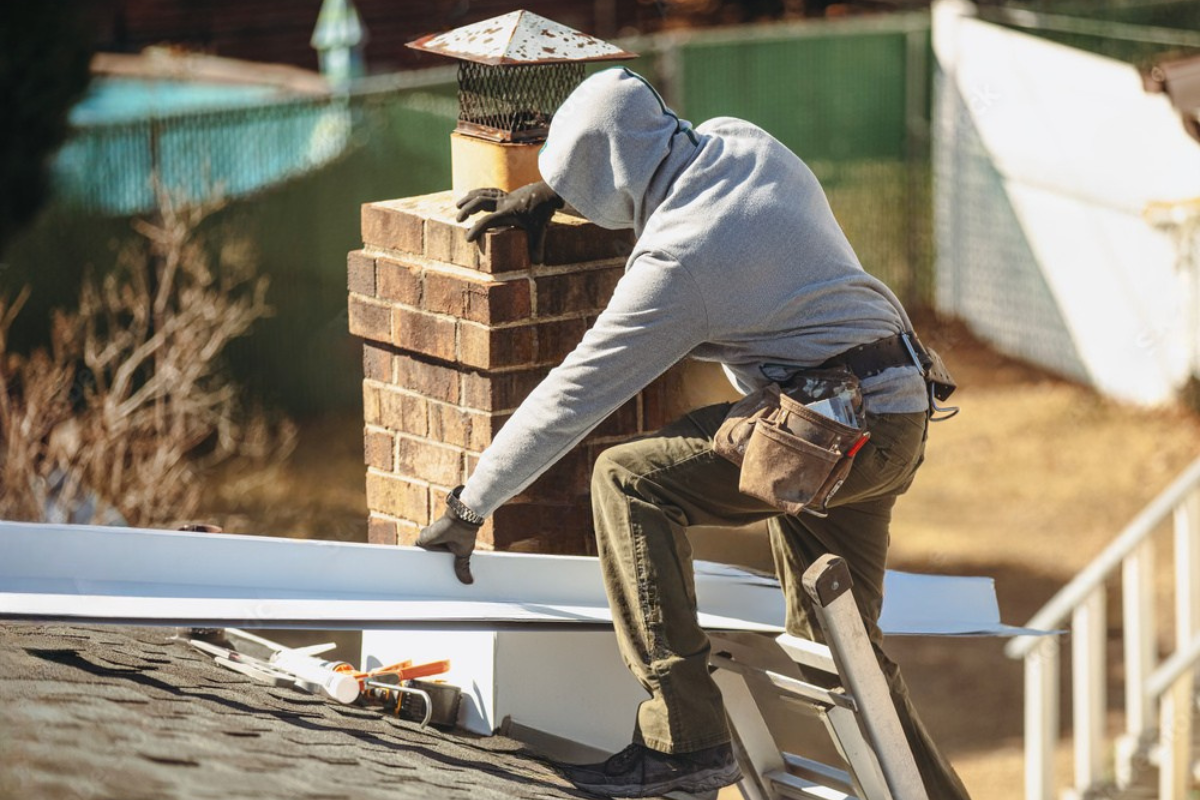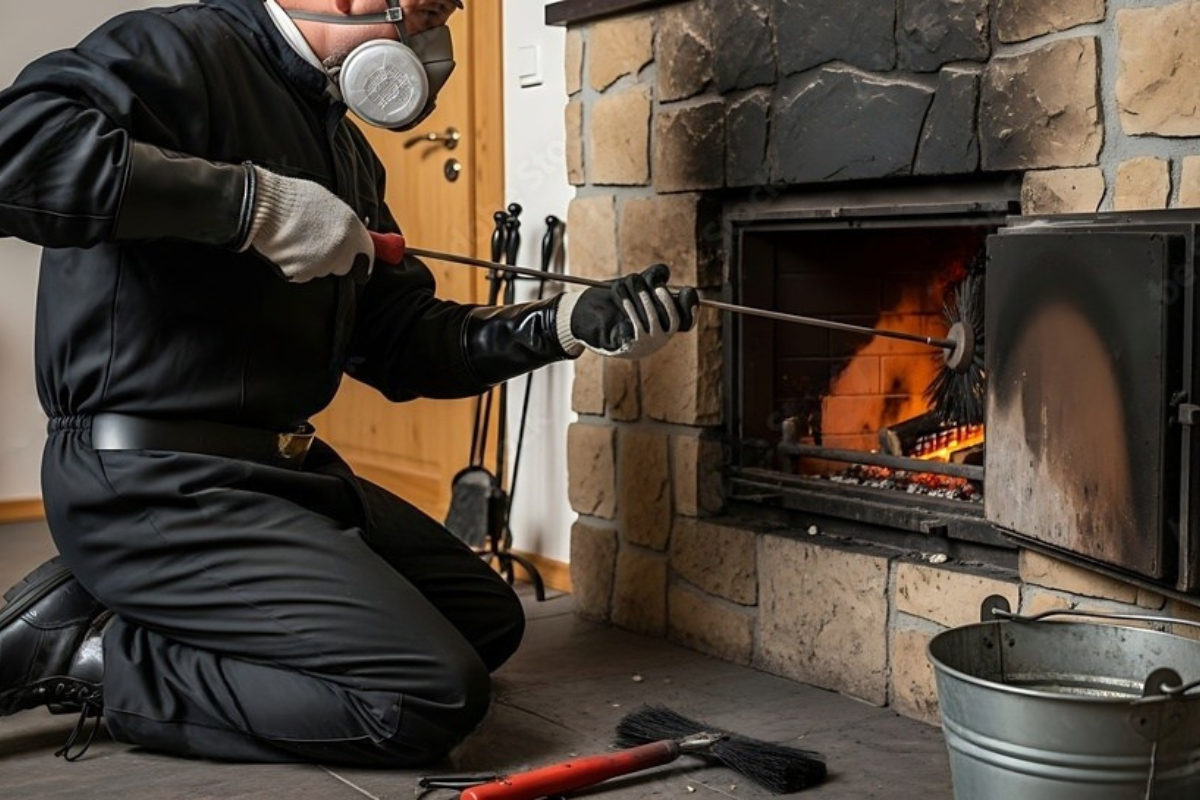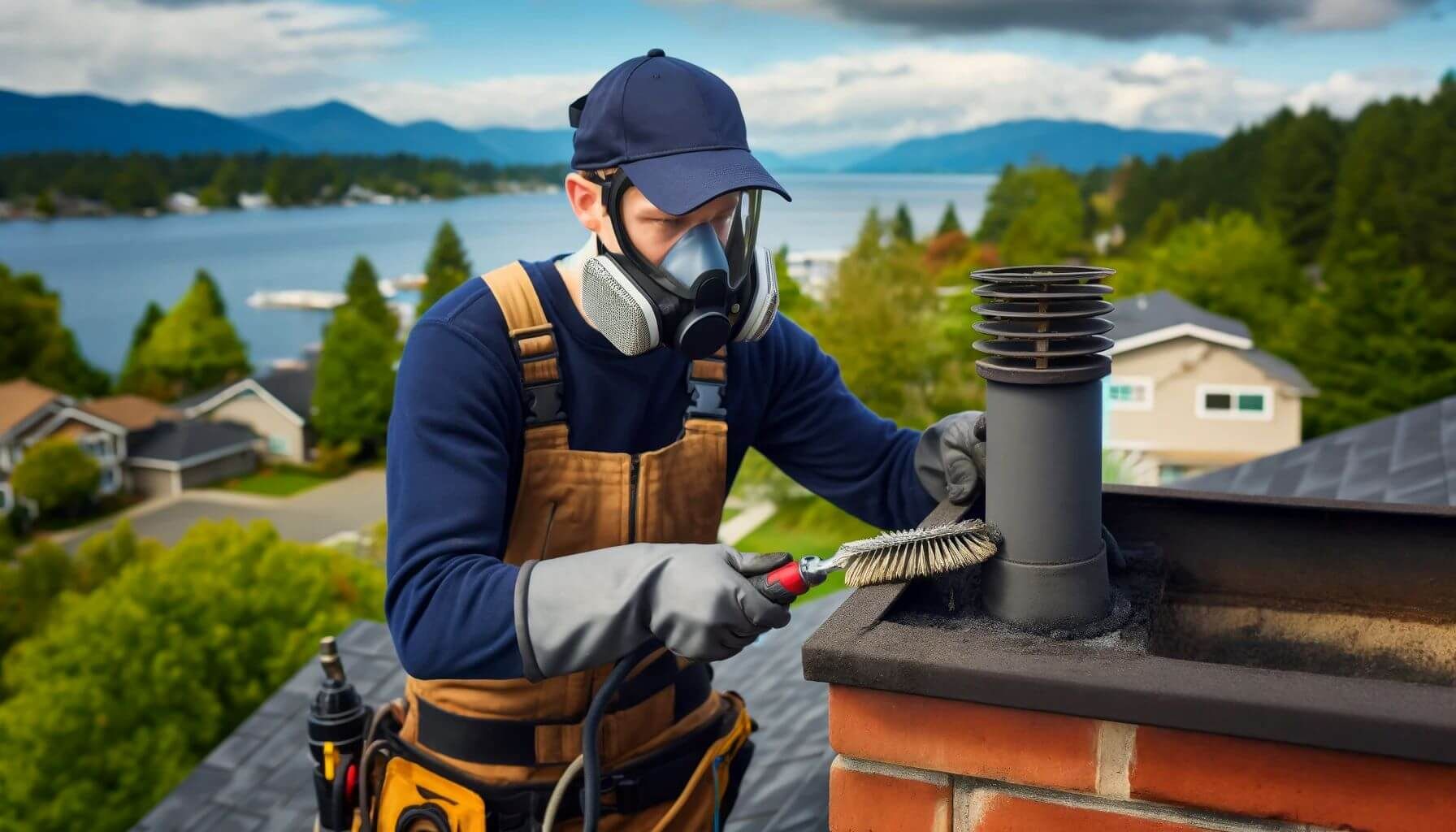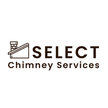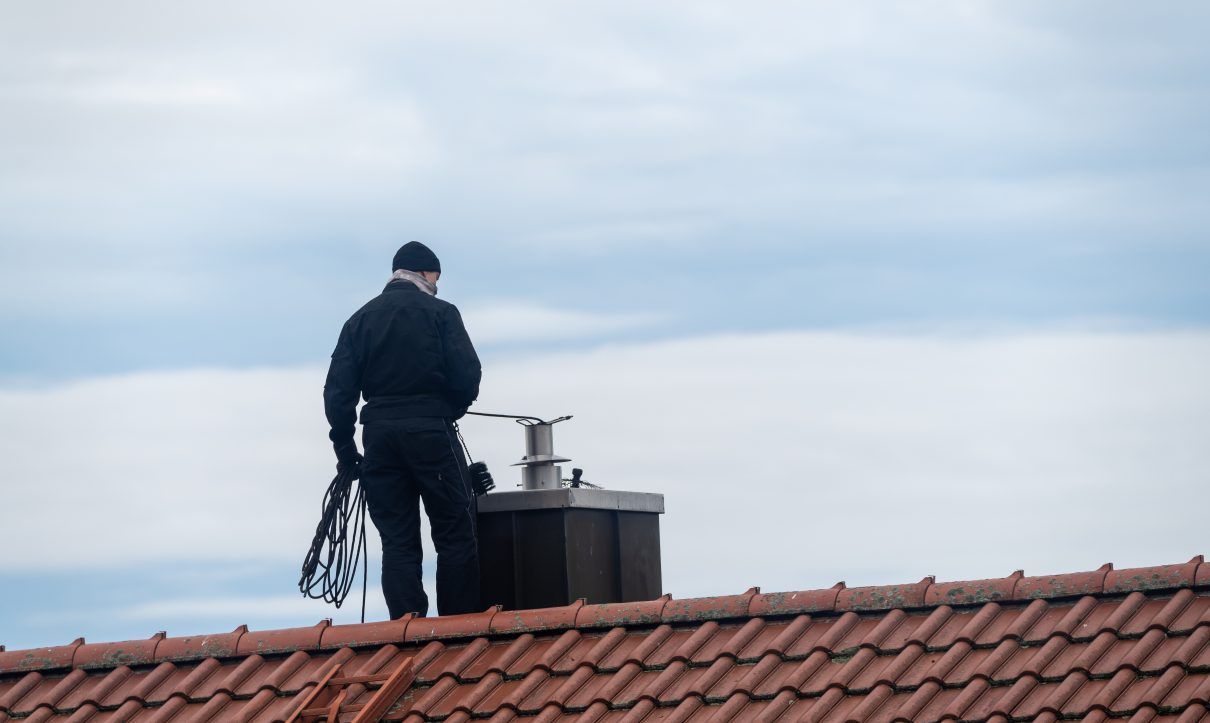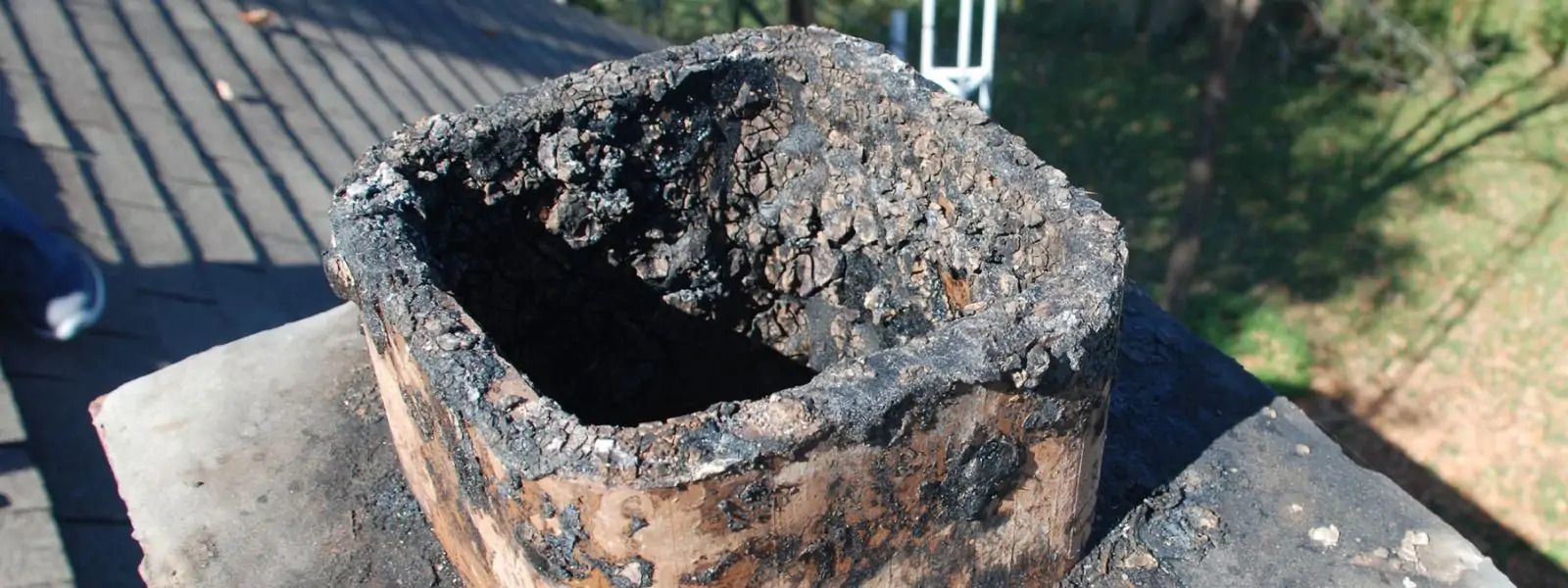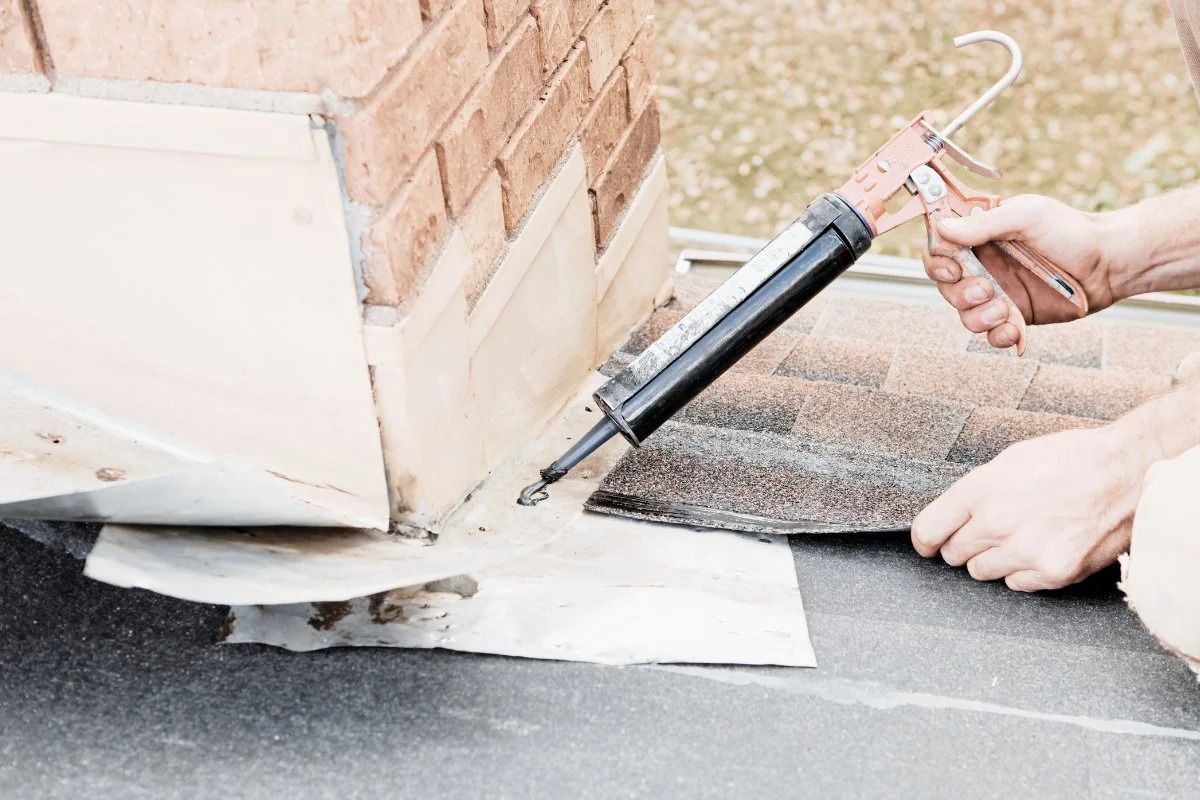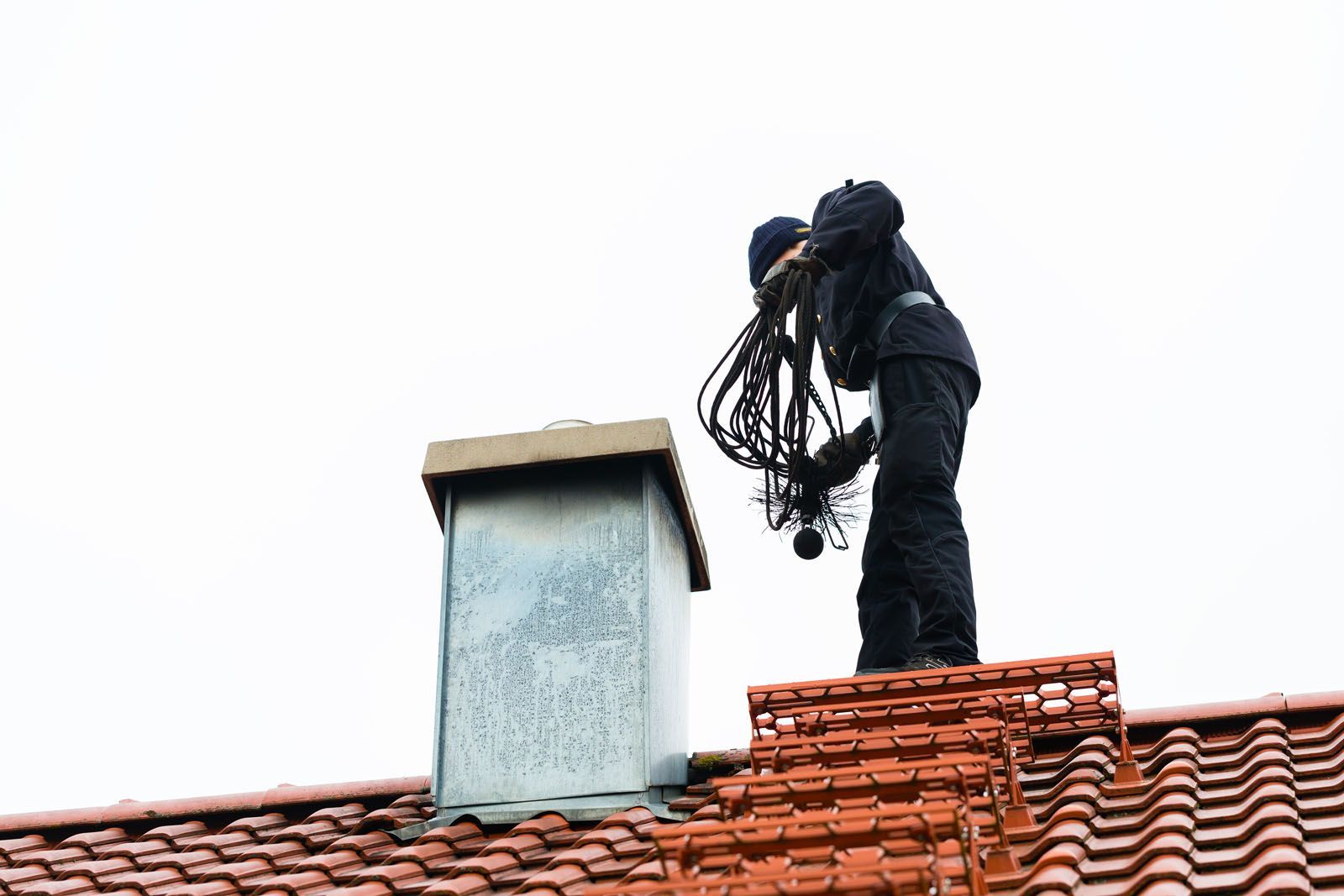Protect Your Home: The Essential Guide to Chimney Maintenance and Fire Prevention
A crackling fire in the hearth is a timeless symbol of warmth, comfort, and gathering. But behind this cozy scene lies a critical responsibility for every homeowner: regular chimney maintenance. Neglecting your chimney isn't just a matter of cleanliness; it's a serious fire hazard that can have devastating consequences. Here at Select Chimney Services, we believe that a safe home is a happy home, and that starts with understanding the vital role your chimney plays and how to care for it properly.
Annually, there are over 25,000 chimney fires in the United States, resulting in more than $125 million in property damage. These fires are almost entirely preventable. This comprehensive guide will walk you through everything you need to know about chimney maintenance and fire prevention, empowering you to protect your property and loved ones.
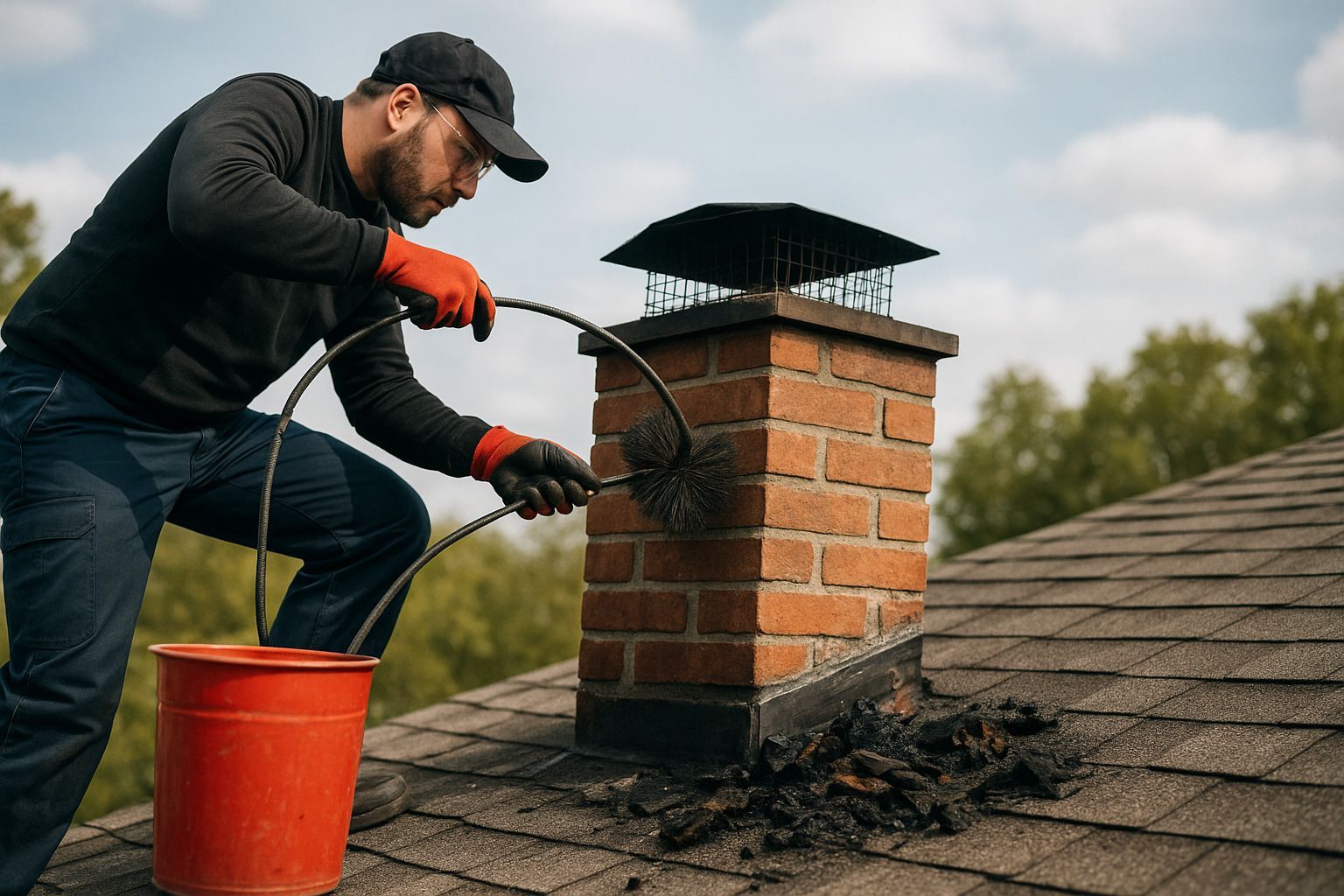
The Unseen Danger: Creosote Buildup
Every time you burn wood in your fireplace, a substance called creosote is produced. It's a tar-like, highly flammable residue that condenses on the inside of your chimney flue as the smoke cools. What makes creosote so dangerous is its combustible nature. A stray spark or high temperatures within the flue can ignite this buildup, leading to a chimney fire that can quickly spread to the rest of your home.
Creosote accumulation occurs in three distinct stages, each progressively more hazardous and difficult to remove:
- Stage 1: This is a loose, flaky soot that is relatively easy to remove with professional chimney brushes.
- Stage 2: The creosote appears as hardened, shiny black flakes. Removing this requires more specialized and robust tools.
- Stage 3: This is the most dangerous form. It's a thick, tarry, glaze-like coating that has been heated and cooled repeatedly. This stage is extremely difficult to remove and poses a significant fire risk.
The primary causes of accelerated creosote buildup include restricted airflow, burning unseasoned or wet wood, and cooler-than-normal chimney temperatures. Here at Select Chimney Services, our experts are trained to identify and safely remove all stages of creosote, ensuring your chimney is clean and safe. Explore our services to learn more about our professional cleaning processes.
The Importance of Annual Inspections
The National Fire Protection Association (NFPA), a leading authority on fire safety, recommends that chimneys, fireplaces, and vents should be inspected at least once a year. This annual check-up is crucial for several reasons:
- Early Detection of Hazards: An inspection can identify creosote buildup, blockages from animal nests or debris, and structural issues like cracks in the flue liner that could allow heat and embers to escape into your walls.
- Ensuring Structural Integrity: Chimneys are exposed to the elements and can deteriorate over time. An inspector will check for damaged bricks, crumbling mortar, and issues with the chimney crown and flashing that could lead to water damage and costly repairs.
- Peace of Mind: Knowing that a professional has thoroughly examined your chimney system provides invaluable peace of mind, allowing you to enjoy your fireplace without worry.
Understanding the Three Levels of Chimney Inspection
The NFPA has established three levels of inspection to ensure a thorough and standardized evaluation of your chimney system. Knowing which level of inspection you need is important.
| Inspection Level | When It's Needed | What It Includes |
|---|---|---|
| Level 1 | Routine annual inspection for a chimney that has not undergone any changes and is performing as expected. | A visual inspection of the readily accessible portions of the chimney's interior and exterior. The technician checks for basic soundness and any blockages or combustible deposits. |
| Level 2 | Required when buying or selling a home, after a chimney fire or other damaging event, or when changes are made to the system (e.g., new appliance, new flue liner). | Includes all aspects of a Level 1 inspection, plus an examination of accessible areas of the attic, crawlspace, and basement. It often involves a video scan of the flue's interior to check for hidden damage. |
| Level 3 | Only necessary when a Level 1 or 2 inspection suggests a hidden hazard that requires special access. | This is the most in-depth inspection and may require removing parts of the chimney or building structure, such as walls or the chimney crown, to access and investigate the suspected problem area. |
Best Practices for Fireplace Safety
Beyond professional maintenance, there are several steps you can take to ensure the safe operation of your fireplace and prevent fires.
- Burn the Right Fuel: Only burn dry, seasoned hardwood. Wood should be seasoned for at least six months to a year to reduce moisture content, which in turn reduces creosote production. Never burn Christmas trees, wrapping paper, trash, or treated wood, as these can create excessive sparks and release toxic fumes.
- Keep the Area Clear: Maintain a "clear zone" of at least three feet around your fireplace, free of flammable items like furniture, curtains, and newspapers.
- Use a Fireplace Screen: A sturdy screen will prevent embers and sparks from escaping the firebox and landing on your floor or furniture.
- Open the Damper: Before lighting a fire, always ensure the damper is fully open to allow smoke and gases to vent properly up the chimney.
- Proper Ash Disposal: Allow ashes to cool completely before removing them—this can take several days. Dispose of ashes in a covered metal container and store it at least 10 feet away from your home or any other buildings.
- Install a Chimney Cap: A chimney cap is a crucial component that prevents rain, debris, and animals from entering your chimney, which can cause blockages and water damage. Many caps also have spark arrestors to prevent embers from landing on your roof.
- Install Smoke and Carbon Monoxide Detectors: Ensure you have working smoke and carbon monoxide detectors installed in your home, particularly near sleeping areas and on every level. Test them monthly to ensure they are functioning correctly.
Why Choose a Certified Professional?
When it comes to the safety of your home, you should never cut corners. While some maintenance tasks might seem like a DIY project, chimney cleaning and inspection should always be left to a trained and certified professional. Organizations like the Chimney Safety Institute of America (CSIA) provide comprehensive training and certification for chimney sweeps.
A CSIA-certified technician has demonstrated knowledge of fire codes, proper inspection and cleaning techniques, and the physics of how chimney systems work. By hiring a certified professional from a reputable company like Select Chimney Services, you can be confident that the job will be done right, adhering to the highest safety standards in the industry.
Your Partner in Home Safety
Your chimney is an integral part of your home's heating system, and its proper maintenance is non-negotiable for ensuring the safety of your property and family. From understanding the dangers of creosote to adhering to a schedule of annual inspections and practicing safe fireplace habits, you have the power to prevent a devastating fire.
Don't wait for a problem to arise. Be proactive about your chimney's health. If you have questions or would like to schedule a professional inspection and cleaning, please don't hesitate to contact us. The team at Select Chimney Services is here to help you enjoy the warmth and comfort of your fireplace with complete peace of mind.
Frequently Asked Questions
How often should I have my chimney cleaned?
The National Fire Protection Association (NFPA) recommends that chimneys be cleaned at least once a year. However, if you use your fireplace frequently, you may need more frequent cleanings. The Chimney Safety Institute of America (CSIA) advises cleaning when there is 1/8 of an inch of soot and creosote buildup.
What are the signs of a chimney fire?
Signs of a chimney fire can include loud popping or cracking noises, dense smoke, and a strong, hot smell. You might also see flames or burning debris coming from the top of your chimney. Slow-burning chimney fires can be less obvious but are still very dangerous, so regular inspections are key to detecting any issues.
Can I clean my own chimney?
While it may be tempting to try and clean your own chimney, it is a dirty and potentially dangerous job that is best left to certified professionals. Professionals have the specialized tools, training, and expertise to do the job safely and thoroughly, and they can also identify potential structural issues that an untrained eye might miss.
What is the best time of year to have my chimney serviced?
The best time to have your chimney inspected and cleaned is during the spring or summer. Chimney service companies are typically less busy during their off-season, making it easier to schedule an appointment. This also ensures your chimney is ready and safe to use as soon as the colder weather arrives.
Does a gas fireplace chimney need to be cleaned?
Yes, even though gas fireplaces don't produce creosote, their chimneys (or vents) still require annual inspection and cleaning. Debris, animal nests, and other blockages can obstruct the flue, leading to improper venting and the potential for carbon monoxide to enter your home. Regular inspections also ensure all components of the gas fireplace are functioning correctly and safely.
